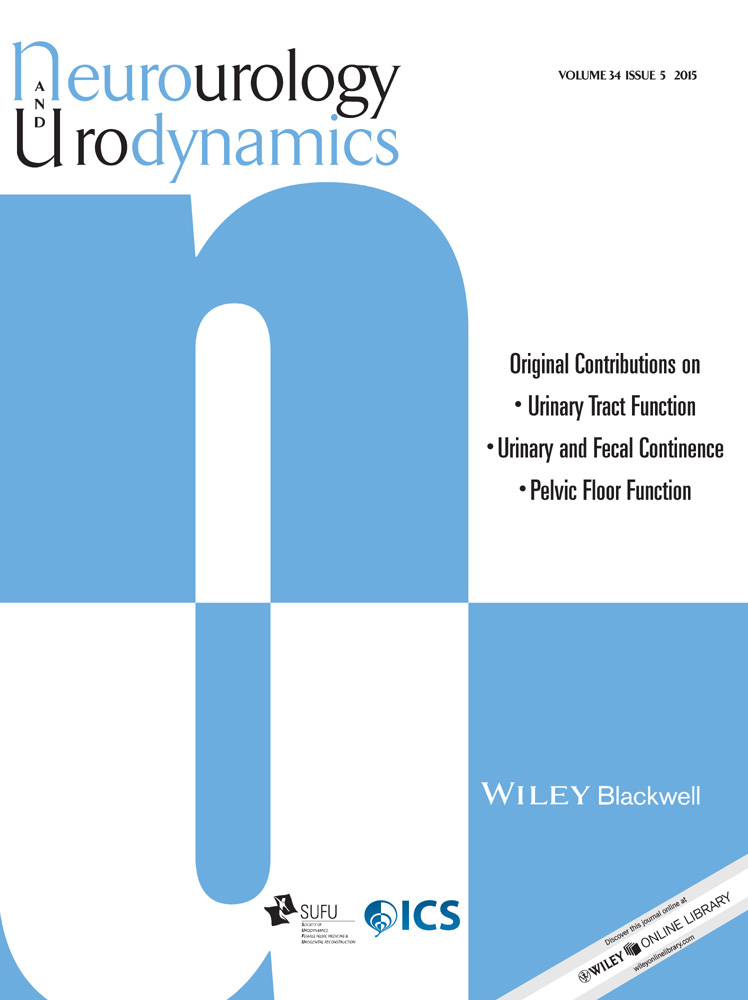Urological evaluation of patients that had undergone in utero myelomeningocele closure: A prospective assessment at first presentation and early follow-up. Do their bladder benefit from it?
Abstract
Aims
To report our data on initial urological presentation after in utero myelomeningocele (MMC) closure.
Methods
A prospective urological assessment at first presentation was designed for patients that had undergone in utero MMC closure and referred to our urological facility. The protocol consisted of detailed medical history, renal sonography, voiding cystourethrogram, and urodynamic evaluation.
Results
In utero MMC closure was performed in 19 patients at gestational age of 25.6 weeks 25–27. Birth occurred at a mean gestational age of 31.8 weeks 26–36. Hyperactive bladder was observed in 89.5% 17/19. Bladder compliance was normal in two cases (10.5%), was markedly reduced in 10 patients (52.6%) and not possible to be determined due to urinary leakage in 7 patients (36.8%). We observed normal bladder capacity in 8 patients (42.1%), reduced in 11 (57.9%), and detrusor-sphincter dyssynergia in 9 patients (47.4%). Underactive bladder was diagnosed in one case. Clean Intermittent Catheterization was initiated by 11 patients (57.9%) mostly in association with anticholinergics 10/11. Vesicoureteral reflux was found in 5 patients (26.3%) and 9 had pyelonephritis at a mean follow-up of 5.4 months 2–17.
Conclusions
Our data suggested that despite in utero MMC surgery, patients are at risk for bladder abnormal function and renal deterioration and should be aggressively treated, not differently from those operated in the post-natal term. This study has the merit of being a prospectively set evaluation performed by one investigator, including the urodynamic study. We acknowledge the need of long-term follow up. Neurourol. Urodynam. 34:461–464, 2015. © 2014 Wiley Periodicals, Inc.




